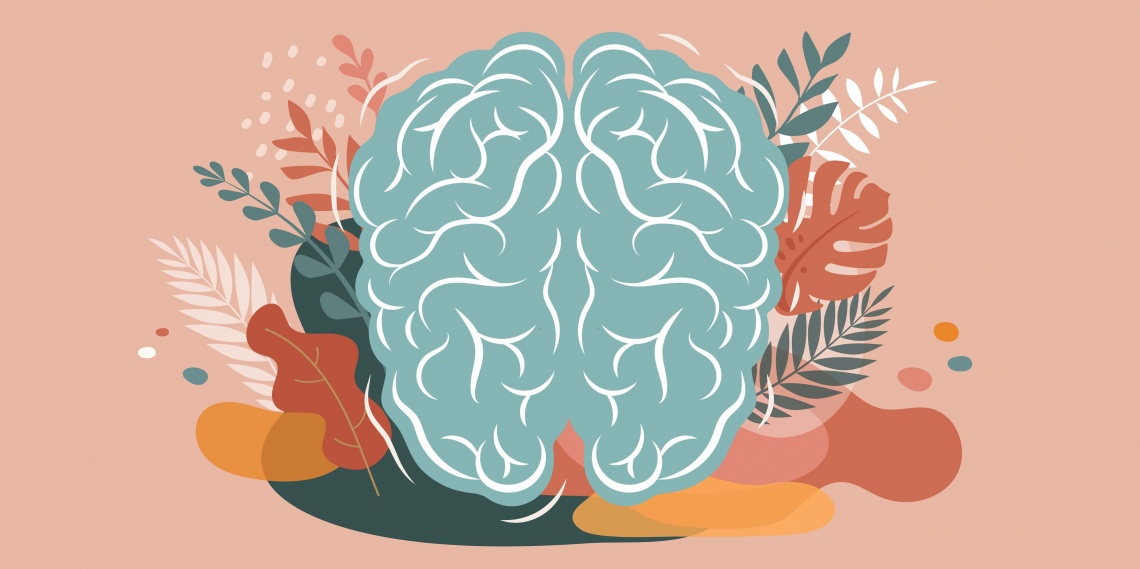Even though you have the natural ability to be present in the moment, most of us connect only fleetingly with the now before turning right back to our distracting thoughts This lack of focus can lead to bad moods, stress, anxiety and conflict that makes you ineffective.
Living in the moment – also called mindfulness – is a mind-body approach to life that helps you relate differently to experiences. It involves paying attention to your thoughts and feelings in a way that ups your ability to cope with difficult situations and everyday struggles.
Although it used to be the domain of Buddhist monks and alternative hippies, mindfulness has made its way into modern medicine and modern life – and the world is taking notice.
According to the University of Massachusetts Medical School Centre for Mindfulness, learning to live in the moment can…
- Improve the quality of life for cancer patients
- Improve the experience of various conditions and illnesses such as gastrointestinal disorders, fibromyalgia and more
- Alleviate asthma

- Alleviate hot flushes
- Boost your immunity
In a study recently published in Climacteric: The Journal of the International Menopause Society, researchers discovered that being mindful may be especially helpful for menopausal women struggling with irritability, anxiety and depression.
So where do you start?
It’s about taking a pause, making the space to notice the fullness of the present moment and – through learning various practices – becoming more skilled at managing your life.
‘Essentially, the first step in being mindful is to become aware that your mind is on autopilot most of the time,’ says Dr Richa Schood, a woman’s health specialist at the Mayo Clinic and author of the study. ‘The goal during mindful moments is not to empty your mind, but to become an observer of the mind's activity while being kind to oneself. ‘
The second step is to create a pause, says Dr Schood. ‘Take a deep breath, and observe your own space, thoughts and emotions non-judgmentally. The resulting calm helps lower stress.’
But while mindfulness might seem simple, it’s not necessarily all that easy. The real work is to make time, every day to just keep doing it. Here’s a short practice to get your started.
- Take a seat. Find a place to sit that feels calm and quiet.
- Set a time limit. If you’re just beginning set aside just five to ten minutes
- Pay attention to your body and your breath. Follow the sensation of your breath as your chest rises and falls. (Practising mindfulness means using the sensation of your breath as an anchor to the present moment).
- Notice when your mind starts wandering. You’ll start thinking about your to-do list or the argument you had with your partner. When you notice this, simply return your attention to your breath.
- The more you do this, the more likely you are able to do it again and again.
- When you practice mindfulness, you send your brain the message that you are better at completing everyday tasks when you are aware, non-reactive and non-judgemental.
Let it RAIN
Need a bit more help? American mindfulness teacher Michele McDonald coined the acronym RAIN to help you practice further.
R: Recognise the feeling that you are experiencing and give it a name if you can. This means acknowledging both negative and positive feelings or thoughts. Identifying the feeling can take its power away. For example, ‘I am feeling very stressed and overwhelmed right now.’
A: Acknowledge that your experience is what it is, even if it's unpleasant. Be with it without attempting to change it. Aim for self-compassion instead of self-criticism. Don't be hard on yourself. Accept that it’s just an emotion that will pass.
I: Investigate the feeling with kindness. This crucial part involves showing yourself and others compassion as you question it. For example, you’re overwhelmed at work and you’ve snapped at your colleague. You might normally think: ‘I’m a bad person for yelling at him, but I can’t help it because he’s so annoying.’ Instead, try to approach both yourself and your colleague with kindness: ‘I snapped at him, and I’m feeling ashamed because I respect him. He said things that made me angry, but I know he also respects me. We can work together to solve this issue.’
N: Non-identification and not over-personalising the experience. This means not generalising about yourself based on one bad experience, such as ‘I’m bad-tempered’ or ‘I’m a total loser.’ Your feelings are part of your experience, but they are not you. Allow yourself to acknowledge that you may have negative experiences or feelings without them defining who you are.
More formal mindful practices may include:
BODY SCAN: This is usually done lying down and entails a mental scan of your body parts, paying close attention to the sensations in your body as well as the related emotions and thoughts.
MINDFUL MOVEMENT: While engaged in slow, conscious walking, you pay attention to your body and your related emotions.
THREE-STEP BREATHING SPACE: This is a particular sequence of becoming aware of your breath and the thoughts, emotions and sensations of the present moment.








Comments